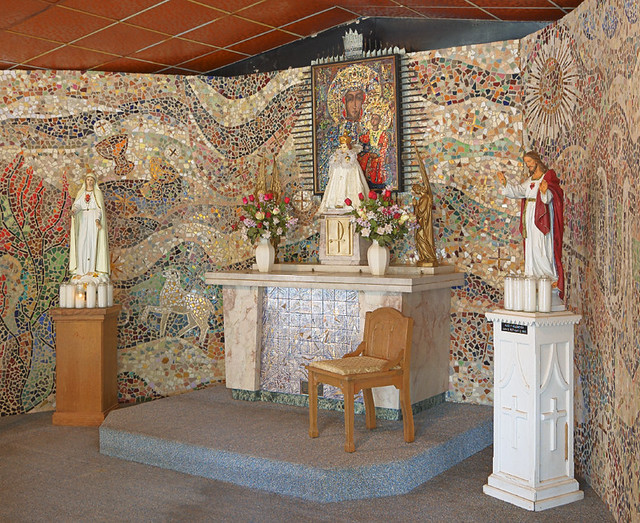SINCE JULY 14th, 1683, the forces of the Ottoman Empire held the city of Vienna in siege with an army of about 150,000. The commander of the Ottoman forces attempted to force its population into submission, as nearby cities already had done.
Formally at peace for twenty years with the Holy Roman Empire, the Islamic Ottomans had long made preparations for invasion: building roads, bridges, and supply depots leading to strategic targets in Christendom. While this did not go unnoticed in the West, internal division among the Christians did not help matters.
On September 11th, John III Sobieski, the King of Poland, arrived at Vienna, and swept down on the Ottomans with the largest calvary attack in history. The Christian forces largely won the battle after three hours, with full victory coming on the next day. This defeat severely depleted the Ottomans, and so this was the last incursion of the Ottoman Empire into Europe.
Sobieski gave credit to the intercession of the Blessed Virgin Mary, under her title of Our Lady of Częstochowa. In recognition of this victory, Pope Innocent XI extended the feast of the Most Holy Name of Mary to the entire Church. It is held each year on September 12th in the Roman Rite; removed from the liturgical calendar in 1969, it was restored to the liturgy in 2002.
The icon of Our Lady of Częstochowa is popularly known as the Black Madonna, due to the dark complexion of the Blessed Virgin and Christ Child.

A reproduction of this icon can be seen above the tabernacle at the outdoor chapel of the Black Madonna Shrine, located south of Eureka Missouri. (Photo taken in 2008.)


No comments:
Post a Comment